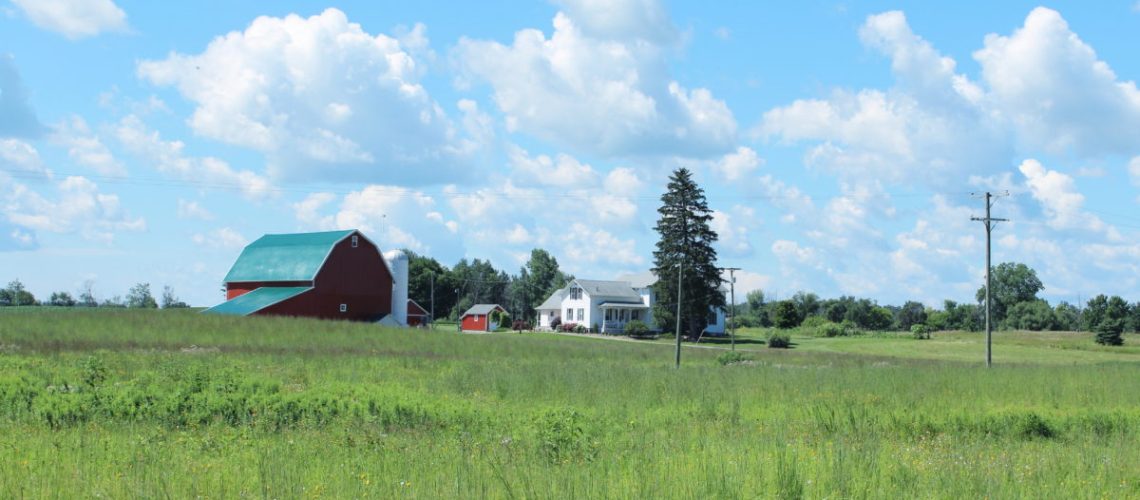The development of statewide renewable energy siting matrices can help reduce barriers to renewable energy development by providing guidance to local decision makers, according to a paper released by the Center for Rural Lands.
Local officials, who may not be renewable energy experts, are tasked with drafting ordinances and approving permits for siting solar on local lands. A new white paper from the Center for Rural Lands, “Exploring Siting Guidance: Agriculture Siting Matrices Inform Renewable Energy Siting” explains how the creation of a set of guidelines, also known as a siting matrix, can help.
“While a renewable energy siting matrix is a relatively new tool, the concept has been applied and used in other industries for years,” said Lindsay Mouw, policy associate for the Center and author of the paper. “The agricultural sector has used livestock siting matrices, which provide guidance for responsible siting of livestock animal feeding operations.”
In Iowa, for example, a Master Matrix was created in response to community and natural resource concerns about siting livestock. The matrix considers air, soil and water quality issues, and for anyone seeking to build or expand a confined animal feeding operation (CAFO), the final decision is based on compliance with CAFO regulations and the matrix score. If the application meets both requirements, then the Division of Natural Resources must approve it, regardless of county or public opposition.
One of the major advantages to the matrix is that it helps local officials make decisions by providing a list of factors to be considered. This means that local officials don’t have to be experts in livestock or land use. The same holds true for the renewable energy industry, where local officials may not be energy experts. According to Mouw, the development of statewide renewable energy siting matrices can help reduce barriers to renewable energy development by providing guidance to local decision makers while improving transparency, trust, and fairness in the siting process.
“Every county and community has unique features that should be carefully considered by planning and zoning officials, and these considerations should lead to zoning that addresses the needs of residents,” she said. “While identifying standards that will operate effectively in every county is difficult, recommending broad principles and thoroughly researched guidance that communities and officials can use during the project permitting process is a possibility.”
One of the drawbacks to the matrix, however, is that if it is mandatory, it reduces local decision-making power. This can limit the ability to make decisions based on community input, specific geographic considerations, or other unique factors. But as the paper points out, it offers consistency and may help developers navigate the siting process. A renewable energy siting matrix would consider factors such as safety, public health, cost-effectiveness, practicality, community interest, objectivity and science. Overall, the paper suggests that such a matrix could simplify the renewable energy siting and zoning process—providing transparency among developers, local officials, landowners and the public.
According to the Center for Rural Affairs, a renewable energy siting matrix could be developed through state legislative action. The paper describes the make up of a committees that would be tasked with defining the process and specifics of the matrix, and it details the numerous factors that it says must be considered when siting renewable projects. Ultimately when the siting matrix is be used voluntarily and purely as guidance, it can ease the challenges in permitting renewable energy.



